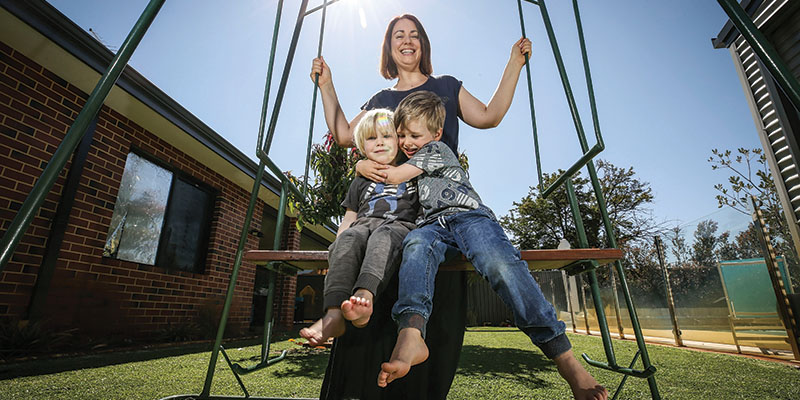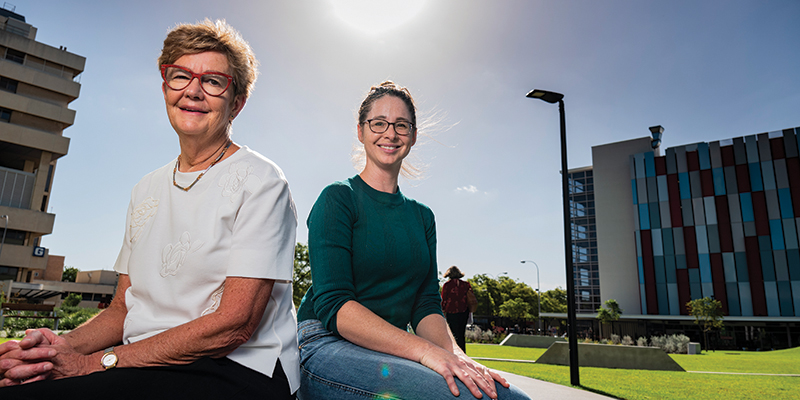Search
Research
Measuring exposure to solar ultraviolet radiation using a dosimetric technique: Understanding participant compliance issuesWe investigated the types and determinants of noncompliance associated with a protocol for use of polysulphone UVR dosimeters.
Research
Vitamin D status and predictors of serum 25-hydroxyvitamin D concentrations in Western Australian adolescentsUsing prospective data from the Western Australian Pregnancy Cohort (Raine) Study, we investigated vitamin D status and predictors of serum 25-hydroxyvitamin...
Research
House dust mite induced lung inflammation does not alter circulating vitamin D levelsWe hypothesized that allergic inflammation decreases the level of circulating 25(OH)D and tested this using a mice model of house dust mite (HDM) induced...
Research
Low vitamin D levels are associated with symptoms of depression in young adult malesResults from studies examining associations between serum 25-hydroxyvitamin D (25(OH)D) concentrations and depressive symptoms are equivocal.
Research
Characterization of regulatory dendritic cells differentiated from the bone marrow of UV-irradiated miceIn summary, UV-BMDCs do not express the classical phenotypic or gene expression properties of DCs reported by others as 'regulatory' or 'tolerogenic'.
Research
Vitamin D supplementation, moderate sun exposure, and control of immune diseasesThere is considerable debate about the benefits of vitamin D supplementation for multiple sclerosis, allergic asthma, and type 1 diabetes.
Research
Gene-vitamin D interactions on food sensitization: A prospective birth cohort studyIt has been hypothesized that vitamin D deficiency (VDD) contributes to the development of food sensitization (FS) and then food allergy.
Research
UV inhibits allergic airways disease in mice by reducing effector CD4 T cellsIn human asthma, and experimental allergic airways disease in mice, antigen-presenting cells and CD4(+) effector cells at the airway mucosa orchestrate, and CD4

News & Events
Sunny outlook for allergy-prone bubFelix was one of 195 children to take part in Dr Debbie Palmer’s research into sunlight exposure, vitamin D and eczema.

News & Events
Let the sun shine inFor decades Aussies have been told to minimise sun exposure to prevent skin cancer - now researchers at Telethon Kids are challenging that message.
